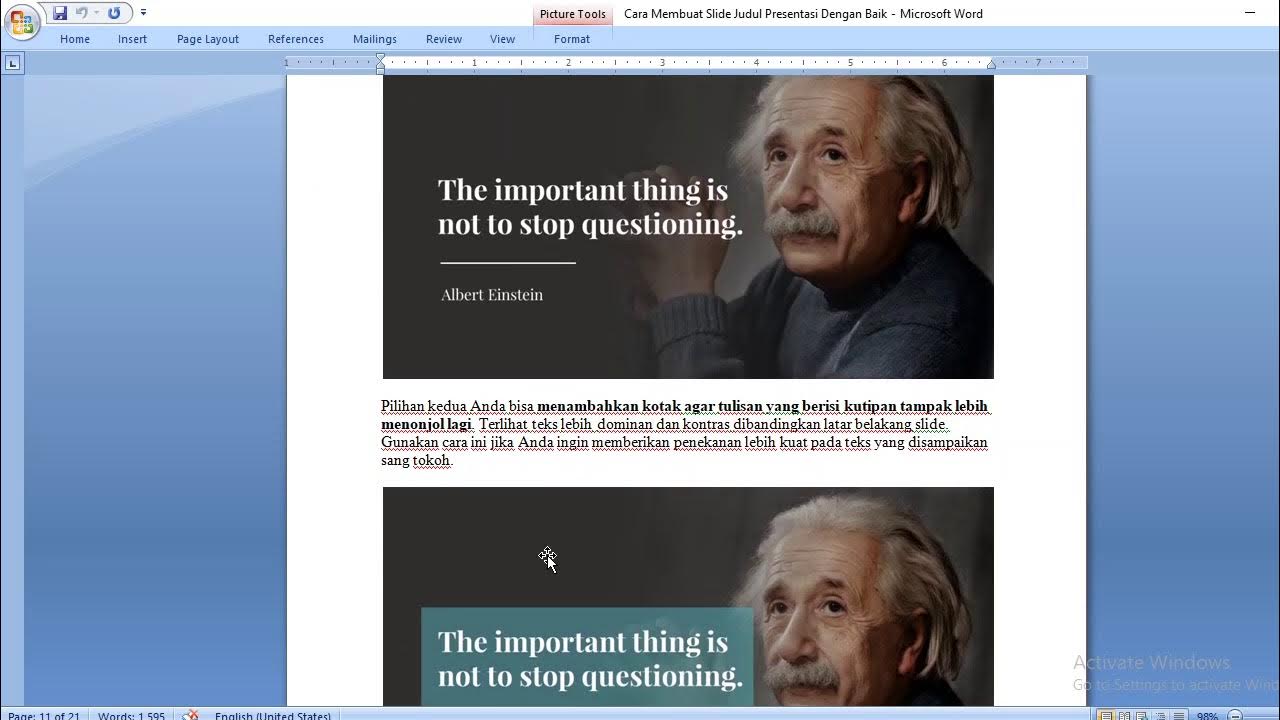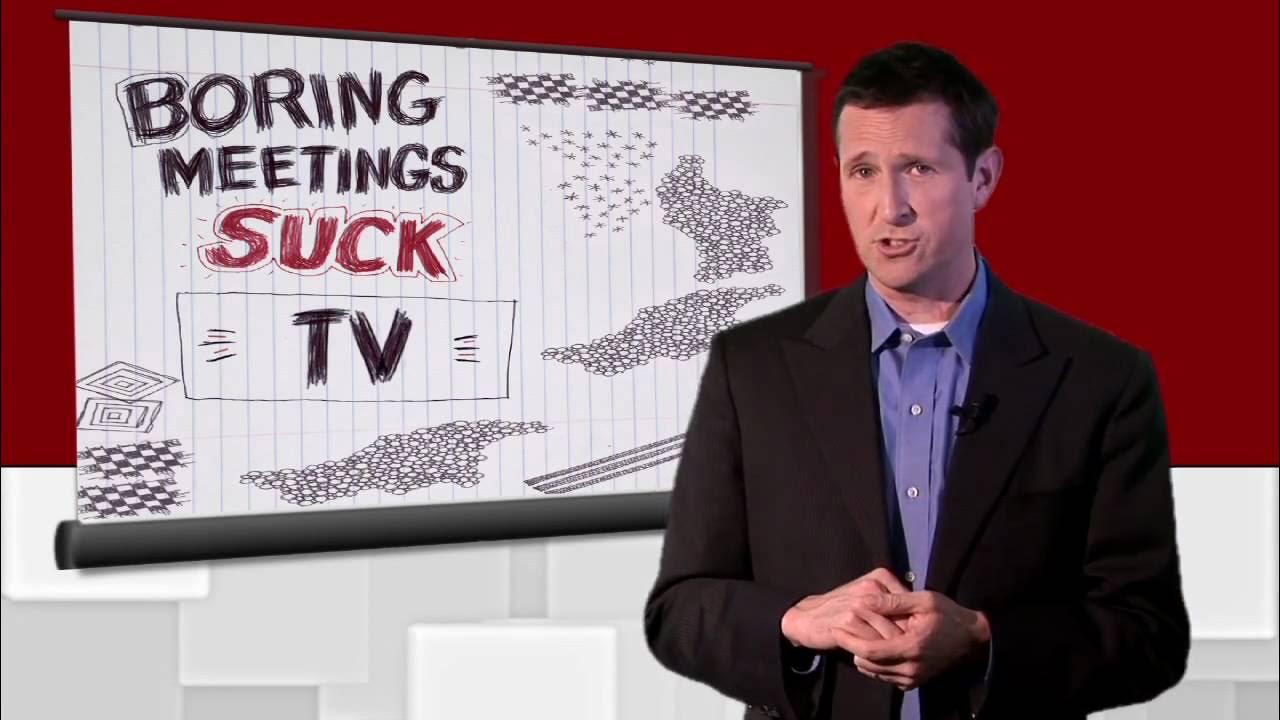How to GET TO THE POINT when speaking 🙊 stop rambling!
Summary
TLDRIn this video, Vicky offers practical tips to stop rambling and make impactful presentations, especially in Zoom meetings. She introduces three types of thinking to stay focused and concise: thinking in comparisons, thinking in directions, and thinking in visuals. By using comparisons, like contrasting emotions in marketing, or showing direction through visuals, such as the consequences of interrupting compounding, Vicky demonstrates how to simplify complex ideas. The goal is to help individuals anchor their thoughts and communicate clearly, leaving a lasting impression without unnecessary rambling.
Takeaways
- 😀 Keep your presentations and meetings focused by using three key thinking strategies: comparisons, directions, and visuals.
- 😀 Avoid rambling by ensuring that your main points are impactful and concise, rather than abstract.
- 😀 Think in comparisons: Use comparisons to highlight important details, which makes your points clearer and more memorable.
- 😀 Example: Instead of saying 'your home as you imagine it,' make it more emotional by saying 'your home as you’ve never imagined.' This helps create curiosity and visualization.
- 😀 Use directional thinking: When explaining complex ideas like compounding, show the direction of the concept to make it easier for the audience to follow.
- 😀 Avoid over-explaining by illustrating the direction of your point, rather than getting bogged down in unnecessary details.
- 😀 Visuals can anchor your thoughts and make it easier to remember and communicate key points. Humans are visual learners by nature.
- 😀 Instead of memorizing phrases, convert them into visuals that represent the idea, making it more accessible both to you and your audience.
- 😀 The phrase 'What we think, we become' can be more effectively conveyed through visuals, helping your audience grasp the concept without relying on rote memorization.
- 😀 Combining all three strategies—comparisons, directions, and visuals—ensures that your message is not only clear but also memorable and impactful.
Q & A
What is the main issue that Vicky addresses in the video?
-Vicky addresses the common problem of forgetting what to say, rambling, and not getting to the point in presentations and meetings, particularly during Zoom calls.
Why do people often ramble during presentations or meetings?
-People tend to ramble when the point they want to make is not clear, impactful, or concise. As a result, they lose their train of thought and struggle to stay focused.
What is the first type of thinking Vicky recommends to avoid rambling?
-Vicky recommends thinking in comparisons. By comparing and contrasting different ideas, you can highlight important details and make your message more impactful.
Can you give an example of how comparisons can make a message more impactful?
-Vicky uses the example of a smart home device company that changes its tagline from 'your home as you imagine it' to 'your home as you've never imagined.' This comparison sparks curiosity and emotion, making the message more engaging.
What is the second type of thinking Vicky suggests to improve presentations?
-The second type of thinking is thinking in directions. This involves showing the direction or path of a concept or idea, which can help make your message clearer and prevent confusion.
How can thinking in directions be applied in a presentation?
-For example, Vicky discusses Charlie Munger’s rule of compounding. Instead of explaining it abstractly, showing the visual direction of compounding (such as a line that grows over time) helps the audience grasp the concept more easily.
What does Vicky suggest as the third type of thinking?
-Vicky suggests thinking in visuals. By turning key points into visual representations, you can better anchor your thoughts and make it easier for the audience to understand and remember your message.
How does using visuals improve retention of the message?
-Visuals help the brain process information more effectively than words alone. They provide an anchor that makes it easier to recall your points and convey them to the audience in a memorable way.
What is an example of how a visual can clarify a message?
-Vicky uses the example of the phrase 'What we think, we become.' She suggests visualizing this concept as a person growing larger as their thoughts become bigger, which makes the idea easier to understand and remember.
What overall benefit does Vicky promise by using these three types of thinking?
-By thinking in comparisons, directions, and visuals, Vicky promises that you'll be able to clearly convey your message, stay on point, and stop rambling during presentations or meetings.
Outlines

このセクションは有料ユーザー限定です。 アクセスするには、アップグレードをお願いします。
今すぐアップグレードMindmap

このセクションは有料ユーザー限定です。 アクセスするには、アップグレードをお願いします。
今すぐアップグレードKeywords

このセクションは有料ユーザー限定です。 アクセスするには、アップグレードをお願いします。
今すぐアップグレードHighlights

このセクションは有料ユーザー限定です。 アクセスするには、アップグレードをお願いします。
今すぐアップグレードTranscripts

このセクションは有料ユーザー限定です。 アクセスするには、アップグレードをお願いします。
今すぐアップグレード関連動画をさらに表示

Tips membuat slide powerpoint yang menarik

Selling Process - 7 Steps in the sales process explained in depth

Public Speaking For Beginners

What is a Presentation?

How to make great presentations | 10 powerful presentation tips

How to start a meeting on time - every time. Jon Petz, Author, Boring Meetings Suck TV
5.0 / 5 (0 votes)
